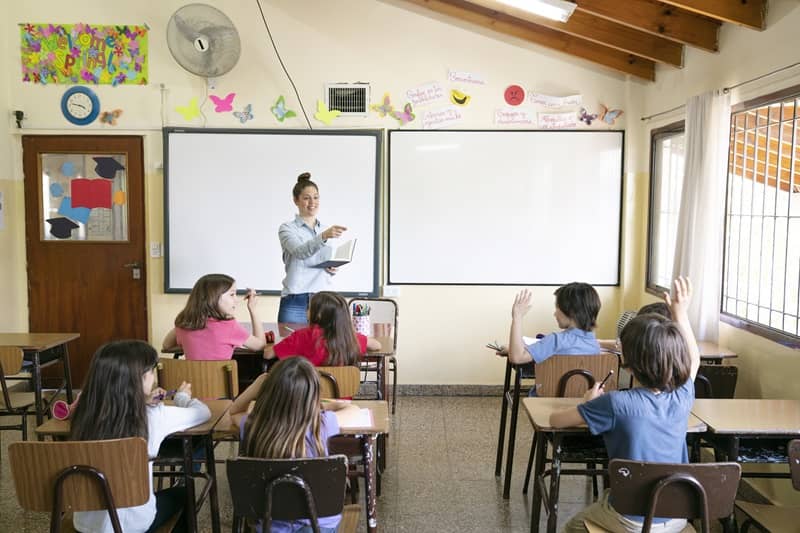Advocates on all sides of the public education spending-versus-results debate cite various statistics to make their respective cases. Some argue that more money leads to better results. Others claim that spending more dollars per student―at least in the ways our public school system has spent them―makes little or no difference in educational outcomes; and it appears the evidence is strongly on their side.
A new Cato Institute study, State Education Trends: Academic Performance and Spending over the Past 40 Years, uses adjusted state SAT score averages to track educational performance trends over the last four decades. The findings are staggering: Academic performance has declined despite large increases in real per-pupil spending.
According to Cato, “The study reveals that the average state has seen a three percent decline in academic performance despite a more than doubling in inflation-adjusted per-pupil spending. More strikingly, every state school system in the country has suffered a collapse in productivity over the last 40 years. Essentially, there has been no correlation between state spending and academic performance.”
In Oregon, public education spending has increased 60% in real terms, yet SAT scores have been flat. The study’s results demonstrate that throwing more money at public education has been ineffective at improving student performance. Rather than spend even more, we should let parents direct education funding to the schools of their choice. Unleashing consumer power gets more bang for the buck throughout the economy; it’s time to put it to work in education as well.
Kathryn Hickok is Publications Director and Director of the Children’s Scholarship Fund-Portland program at Cascade Policy Institute.











